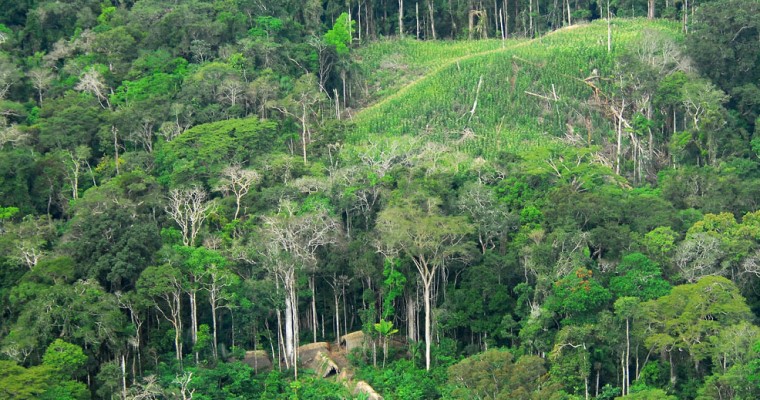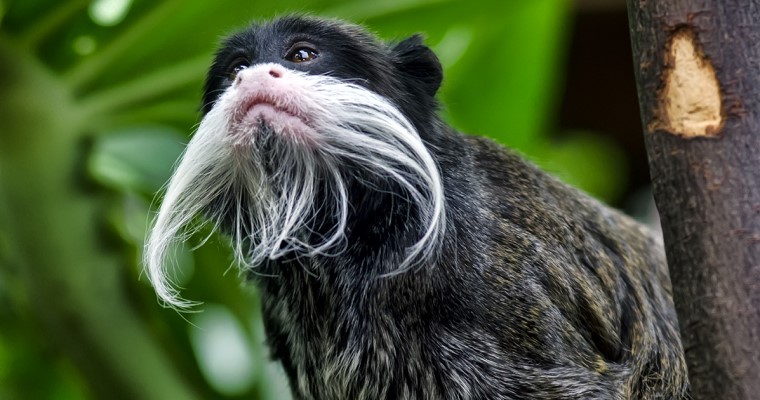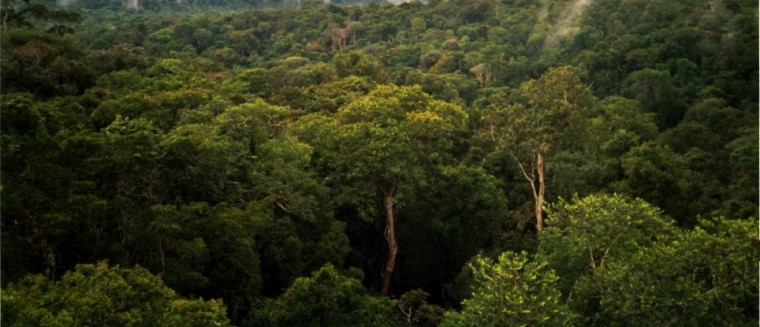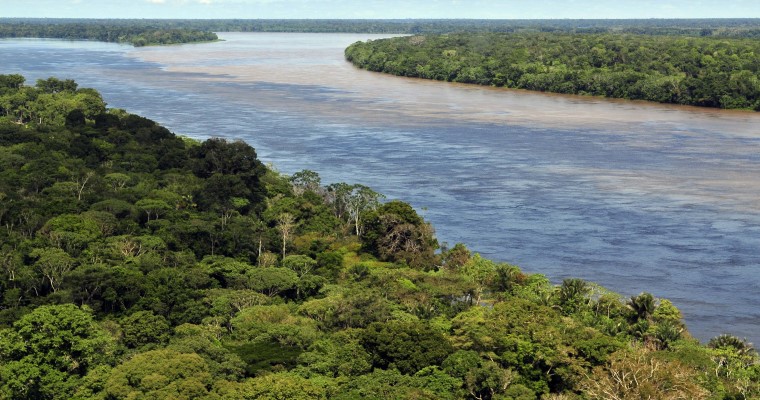Amazon Rainforest
The Amazon rainforest is located in South America and covers 2.1 million square miles of land. Brazil has 60%, Peru has 13%, and Colombia has 10% while other countries have very small parts of the rainforest within their borders. Altogether there are nine nations that enjoy all that the Amazon rainforest has to offer. The Amazon rainforest has existed for at least 55 million years. The Amazon rainforest is home to a very diverse range of species, many of which are not found elsewhere in the world.
 The rainforest likely formed during the Eocene era. It appeared following a global reduction of tropical temperatures when the Atlantic Ocean had widened sufficiently to provide a warm, moist climate to the Amazon basin. The rainforest has been in existence for at least 55 million years, and most of the region remained free of savanna-type biomes at least until the current ice age, when the climate was drier and savanna more widespread.
The rainforest likely formed during the Eocene era. It appeared following a global reduction of tropical temperatures when the Atlantic Ocean had widened sufficiently to provide a warm, moist climate to the Amazon basin. The rainforest has been in existence for at least 55 million years, and most of the region remained free of savanna-type biomes at least until the current ice age, when the climate was drier and savanna more widespread.
Following the Cretaceous–Paleogene extinction event, the extinction of the dinosaurs and the wetter climate may have allowed the tropical rainforest to spread out across the continent. From 66–34 Mya, the rainforest extended as far south as 45°. Climate fluctuations during the last 34 million years have allowed savanna regions to expand into the tropics. During the Oligocene, for example, the rainforest spanned a relatively narrow band. It expanded again during the Middle Miocene, then retracted to a mostly inland formation at the last glacial maximum. However, the rainforest still managed to thrive during these glacial periods, allowing for the survival and evolution of a broad diversity of species.

THE AMAZON RIVER TODAY
Today the Amazon River is the most voluminous river on Earth, eleven times the volume of the Mississippi, and drains an area equivalent in size to the United States. During the high water season, the river’s mouth may be 300 miles wide and every day up to 500 billion cubic feet of water (5,787,037 cubic feet/sec) flow into the Atlantic. For reference, the Amazon’s daily freshwater discharge into the Atlantic is enough to supply New York City’s freshwater needs for nine years. The force of the current — from sheer water volume alone — causes Amazon River water to continue flowing 125 miles out to sea before mixing with Atlantic salt water. Early sailors could drink freshwater out of the ocean before sighting the South American continent.

The river current carries tons of suspended sediment all the way from the Andes and gives the river a characteristic muddy whitewater appearance. It is calculated that 106 million cubic feet of suspended sediment are swept into the ocean each day. The result from the silt deposited at the mouth of the Amazon is Majaro island, a river island about the size of Switzerland.
Interesting facts about the Amazon (and rainforests in general) that you may not have heard before:
TROPICAL RAINFOREST FACTS
- Around 80% of the food we eat originally came from rainforests. Some of the more popular examples include coffee, chocolate, rice, tomatoes, potatoes, bananas, black pepper, pineapples and corn. At The Inside Track we basically live on coffee. That’s reason enough to save the rainforest.
- Tropical rainforests only cover about 6% of the Earth’s surface, but they are home to more than half the world’s total plant and animal species.
- The forest floor is almost completely dark – with less that 1% of the available sunlight making it through the tree canopy above.
- There are around 3000 fruits found in rainforests, and in the west we make use of around 200 of them. However, indigenous tribes make use of over 2000!
- The rainforests have begun to be destroyed in the last 100 years to make way for farm land. Today, the rainforests are being destroyed by 1.5 acres every second. That’s not a typo.
- With deforestation continuing at such a fast rate, we’ve created the most rapid extinction rate in the history of the world. 137 rainforest species are exterminated completely every single day.
- Over a quarter of the medicines we use today have their origins in the rainforests – and that’s after only about 1% of rainforest plants have been examined for their medicinal properties. Imagine what else could be there? It’s not outlandish to think that our best chance of curing the diseases that plague our world could lie within the rainforest. But with so many species exterminated every day, we may never find out.
- We often think that the soil in the rainforest is really fertile to support such a huge range of plant and animal life. But rainforest land is not really any good for farming. Once cleared, the soil is of such low quality that it can hardly be used to grow anything. After a year or two of farming, the land is totally bereft of nutrients – leaving a useless patch of land.
- If deforestation continues, we’ll completely lose the rainforests within the next 40 years.

